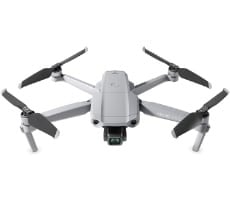Asus Transformer Pad Infinity TF700T Review
|
The app runs 7 tests in total that look at graphics processor fill rate and complex rendering workloads and scenes.
This is an Android-only benchmark, so unfortunately the iPad 2 couldn't play here. We'll also note that the Emporer's New Clothes test seems to be limited by screen refresh (Vsynch) on the higher-end devices, which is why the bar graph is close to flat on that test. However, looking at the more demanding Flower Power and Magic Island tests, we see some differences. The Flower Power test shows the Galaxy Tab 7 Plus' slight fill rate advantage again, like it did in the GLBenchmark Fill test. That said, the new T33 variant of Tegra 3 once again closes that gap significantly.
On the other hand, our Magic Island numbers show a sizable lead for Tegra 3 all around and even more of an edge for the Pad Infinity, where the high polygon counts in this test shows a nice performance advantage for NVIDIA's Tegra 3 T33 new chip.
|
The Android-based AnTuTu benchmark does a nice job of measuring individual subsystem level performance for our tablet competitors here, with models for CPU, GPU, RAM and IO (or storage subsystem) performance.







